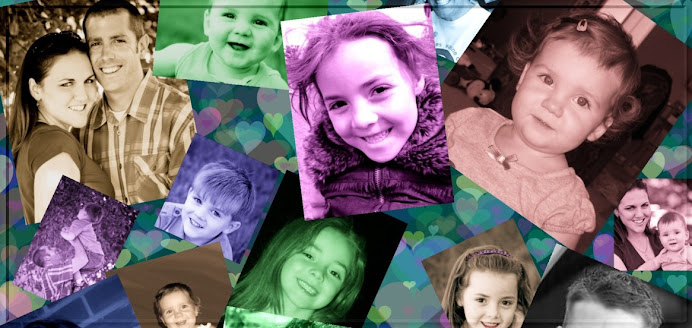


After Dora uproar, Nick and Mattel soothe moms
March 16, 2009, 10:16 AM EST
NEW YORK (AP) -- When toy maker Mattel, working with Nickelodeon, announced earlier this month that a "tween" version of Nick's beloved "Dora the Explorer" cartoon character would be unveiled in the fall, the response was overwhelming ... overwhelmingly negative.
Dora the streetwalker. A sexed-up version of a children's icon. A poor example for kids.
Those were just some of the terms tossed around the blogosphere after Mattel released a silhouette of the "new" Dora, whose image was drastically changed from the endearing tomboy look Dora fans grew to love, with her bowl-cut hairdo, T-shirt and red shorts. This new Dora appeared to have long flowing hair, and was wearing what seemed a scanty skirt, emphasizing her long, shapely legs.
"Did Mattel turn Dora the Explorer into a Tramp?" read one headline from The Huffington Post.
But not so fast.
Mattel and Nickelodeon both say there are two major misconceptions about the new Dora, which is not replacing the "Dora the Explorer" cartoon, but will be a new interactive doll aimed at the 5- to 8-year-old, or tween market.
"People care so deeply about this brand and this character," Leigh Anne Brodsky, president of Nickelodeon Viacom Consumer Products, says. "The Dora that we all know and love is not going away."
"I think there was just a misconception in terms of where we were going with this," Gina Sirard, vice president of marketing at Mattel, says. "Pretty much the moms who are petitioning aging Dora up certainly don't understand. ... I think they're going to be pleasantly happy once this is available in October, and once they understand this certainly isn't what they are conjuring up."
Part of the confusion stemmed from the silhouette that was released, which made Dora look more like a Britney Spears or Lindsay Lohan than a young girl. For the record, the doll does not wear a short dress, but a tunic and leggings. And while she looks older (she's supposed to be about 10), with longer jewelry and longer hair, she doesn't have makeup and seems pretty much like a 10-year-old girl.
Nickelodeon and Mattel say that as part of unrelated research, they found parents wanted a way to keep Dora in their children's lives and have their daughters move on to a toy that was age appropriate.
"The idea is Dora for more girls," Brodsky says. "The whole point was this was created because moms said help us."
But the new version is a significant switch from the Dora many preschoolers have known, aging her so the kids who tend to drop Dora once they hit kindergarten and first grade remain connected to the new character, who has a new group of girlfriends to go exploring with (Sorry, but Boots, the Map, Swiper and other characters from the show didn't make the transition).
The doll, which comes with a USB port and is compatible with online story lines that take Dora and four friends on new adventures involving the environment, social action and more, still has, as Sirard called it, the "Dora DNA."
"What would Dora be if she grew up? You'd have what you'd have before you: a very sweet, wholesome adventurous. ... She's a perfect role model in that regard."
But as Coca-Cola infamously discovered when it trotted out "new Coke" almost 25 years ago and Tropicana recently found out when it changed — then reverted to — its famous cover design after public confusion and outcry, making any changes, or even additions, to a famous brand can upset consumers.
In this case, Dora is more than a just a cartoon character. The bilingual adventurer, praised for encouraging kids to explore and use their imaginations, is a not only a TV sensation, but a global brand that attracts millions of kids through dolls, clothes, touring shows, DVDs and other merchandising and events.
"A lot of people think of Dora as something for their small kids. And part of the reason people like Dora is because it teaches their kids to be inquisitive and curious in an educational way, because no one wants their kids to grow up fast," says Jean-Pierre Dube, professor of marketing at the University of Chicago's graduate school of business.
Dube says it's not uncommon for children's characters or products to evolve and mature with their age group, but Mattel and Nickelodeon may have complicated matters because instead of aging the actual character, they are introducing an extension of it.
"What we learned from this is people really cherish and value what Dora represents, and if you start trying to license that out or extend that brand, this is a really risky thing to do," he says.
"We could certainly make a case that the public is overreacting and that they're drawing conclusions that aren't there, but there's some important information there, and that is, 'Don't mess with this brand unless you're very careful.'"
So..because I was bored and maybe someone will take my advice, I created my own "Tween Dora" from the silouette they released.
What do you think? I'd be ok if she looked like this. Don't change her "style" or cloting colors, that was your audience will still make the connection.
